
which section are you interested in?

history
The Komi-Permyaks are the people of the Finno-Ugric group living in Russia. Their history dates back to the beginning of the first millennium AD, when the ancestors of Komis and Udmurts formed a community that lived in the Kama region.
The present settlements began to appear in the 7th - 9th centuries AD with the foundation of the Kudymkar settlement on the Izyur River. Then, as the legend says, the Chudsky Pam (high shaman) Kudym-Osh founded a settlement on a high promontory above the Kuva River for protection against enemies. It was in honour of this legendary founder that the name of the settlement was given - Kudym-kar, meaning "Kudym settlement".

Bilimbayevskaya street - the main street of Kuva village.
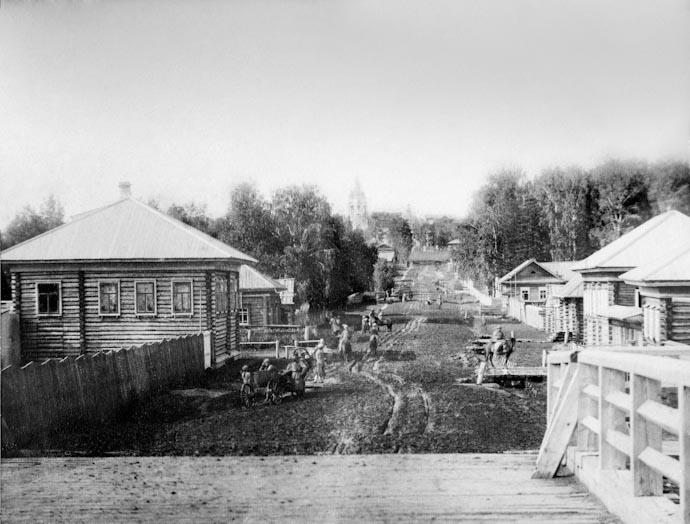
Kudymkar village.
3 July 1893

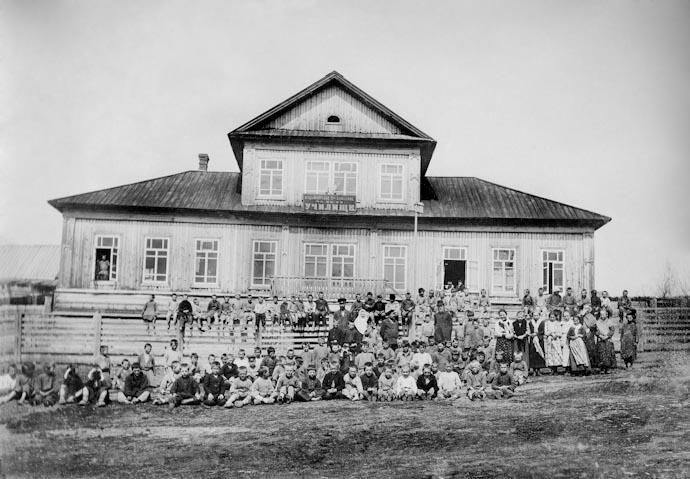
Two-class boys' school. 1905
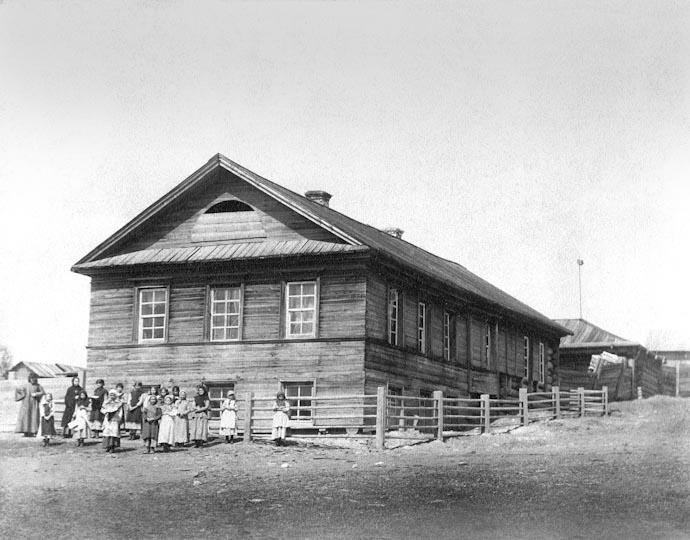
Two-class girls' school. 1887
Since the XIV century the first Russian settlers came here. At the same time the Permian Komis stand out as an ethnos among other Finno-Ugric peoples.
In 1702 by the document of Peter I the lands of the town were given to the Stroganov salt merchants, and from that time the settlement started to develop as an administrative centre. Countess Sophia Vladimirovna Stroganova made a special contribution to the development of the village by having separated the lands along the Inva river into a separate "Inva forest estate" and made Kudymkar its centre. In the village appeared a building of the parish administration, a boys and girls school, a hospital, a bridge across the Inva.

In 1925, the Komi-Permyak National Okrug was formed, the first National Okrug in the USSR. In 1938, Kudymkar received the status of a town, becoming the first and the only town of Komi-Permyaks.
Today, the Komi-Permyak Okrug is still developing and attracting tourists with its rich history, national character, and beautiful natural landscapes.

geography
Main information about the Okrug
The Komi-Permyak Okrug was formed on February 26, 1925, and is located in the Pre-Urals, in the upper reaches of the Kama River. The distance from the administrative centre of the Okrug, the town of Kudymkar, to Moscow is 1,394 km. The area of the area is 32.77 thousand km2.
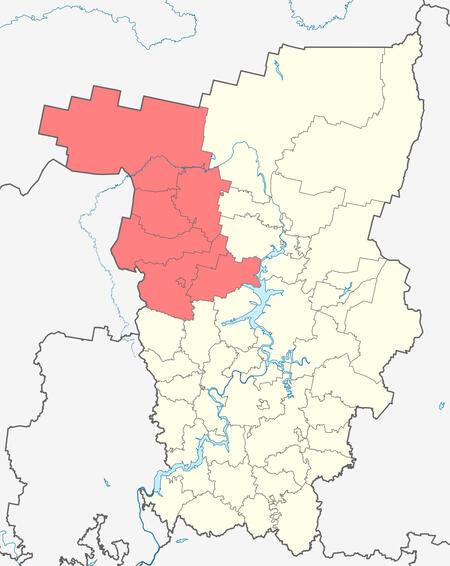
The Komi-Permyak Okrug on the map of Perm Region (Perm Krai)


The flag of the Komi-Permyak Okrug is a rectangular cloth in the proportion 1 (height) : 2 (length). The cloth is divided into three equal horizontal stripes: red, white and blue; in the centre of the white strip there is a red bear, in the centre of the red strip there is a white "perna" (two left and two right fragments crosswise).
From 1925 to 1934, the area was known as Komi-Permyak National Okrug. On January 17, 1934, during the division of the Ural region as the Komi-Permyak Okrug joined the Sverdlovsk Oblast’. On May 10, 1934, the Okrug was divided into districts (raiions): Gaynsky (Gayny, Гайны), Kosinsky (Kosa, Коса), Kochyovsky (Kochyovo, Кочево), Kudymkarsky (Kudymkar, Кудымкар), Yurlinsky (Yurla, Юрла), and Yusvinsky (Yusva, Юсьва).

In October 1977, the National Okrug was transformed into the Komi-Permyak Autonomous Okrug.

The coat of arms of the Komi-Permyak Okrug is a heraldic shield consisting of three equal horizontal stripes: red at the top, white in the middle and blue at the bottom. In the centre of the red band is a "perna" in the form of four diagonally crossed rays of white. In the centre of the white band is a stylised image of a bear, red, moving from right to left. The shield is surmounted by a princely crown.

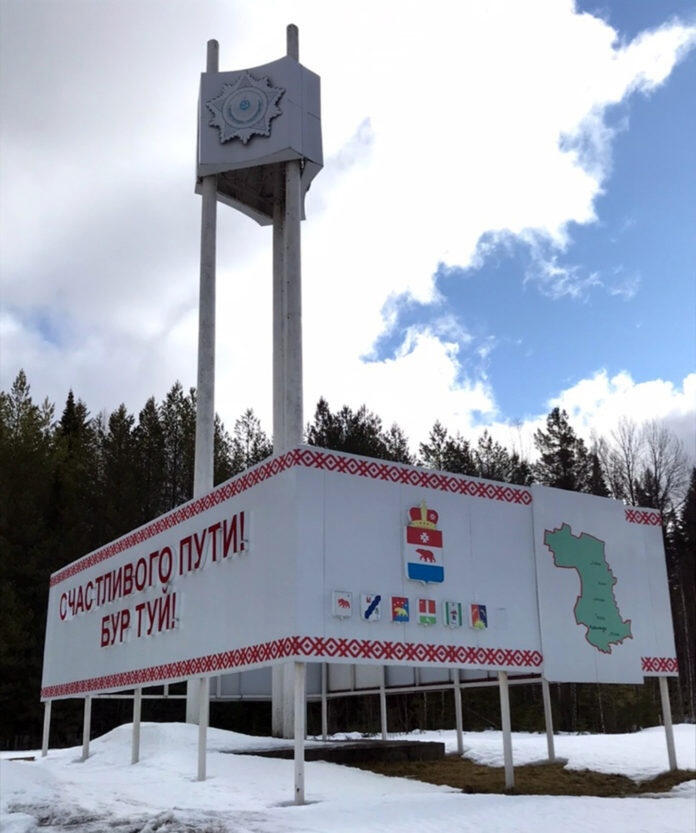
The Sign that is situated on the entrance of the Komi-Permyak Okrug.
In 2005, the Perm Oblast and the Komi-Permyak Autonomous Okrug formed the Perm Region. Since then, the Komi-Permyak Okrug have lost the status of the independent subject and its characteristic as "autonomus", which was noted in the name of it.
Since 2022, the town of Kudymkar has been distinguished as an urban district and is considered the 7th municipal raiion of the Komi-Permyak Okrug.

Natural conditions and resources of the Okrug
The Komi-Permyak Okrug is located in the foothills of the Ural Mountains, in the upper basin of the Kama River. In the north, the territory of the Oblast is crossed by the low Northern Uvaly (The Northern Ridge), in the west - by the Upper Kama Upland.
The territory of the Okrug is located in the taiga zone with typical coniferous forests, consisting of spruce and pine, which occupy about 79.9% of the territory of the Okrug. The northern part of the Okrug is covered by sands of varying size and is home to pine forests with a lichen carpet, lingonberries and a variety of shrubs. In the south, vast areas are occupied by agricultural land.
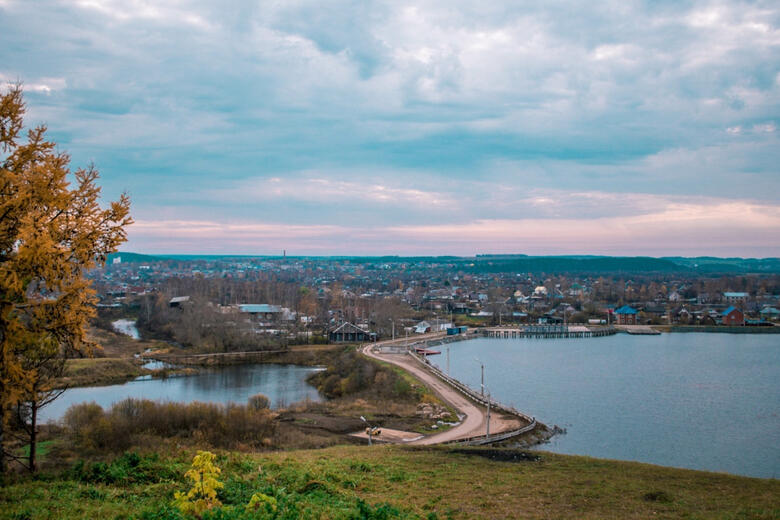
Kudymkar
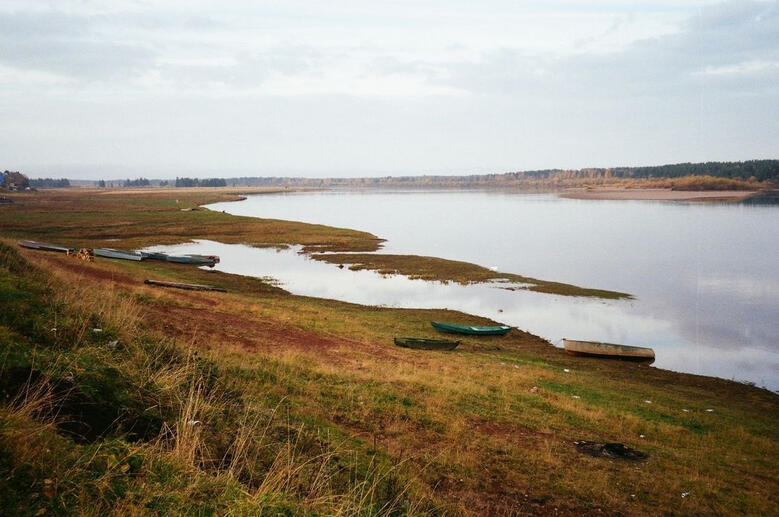
Kama river, Gayny village

The main rivers of the Komi-Permyak Okrug are Kama, Veslyana, In'va, and Kosa. There are deposits of oil, iron ore, brown coal, and peat on the territory of the Okrug. But the main natural wealth of the region is forest resources, which occupy more than 75% of the area of the region, due to which the Komi-Permyaks call their land Parma – «the forested land».
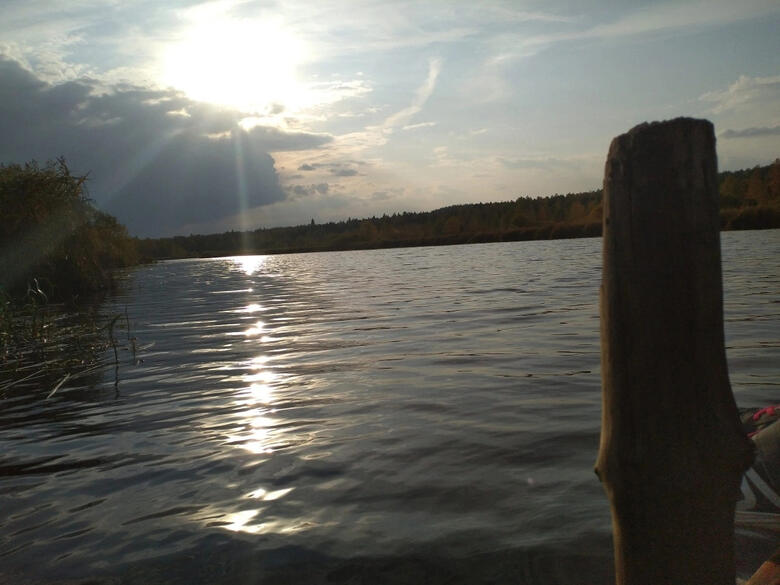
Inva River

Small deposits of metallic (iron ores, titanium, zirconium, copper, gold), non-metallic (mineral pigments, glass sands) minerals are known in the region. The first manifestations of iron ores on the territory of the Komi-Permyak Okrug were found in the vicinity of Kuva village in 1841 by peasant Trifon Gilyov. At the direction of Count Stroganov prospecting and exploration was carried out in the western part of the region, south of the Kama, which resulted in the discovery of ore deposits with total reserves of 48 million 600 thousand poods.

Kudymkar's Surroundings

Fauna of the Okrug
The Komi-Permyak Okrug’s proximity to Western Siberia is a source of European and Asian animal species. The native fauna of the Okrug is typically forest-dwelling, although animals of open spaces can also be seen here, such as the polecat, the common hare, the common hamster, the skylark, the common bunting, and the grey partridge. There are also four species of amphibians in the area - the newt, toad, grass frog, and four species of reptiles - the viviparous lizard, the slender spindle, the grass snake and the common viper.
From time immemorial, the hunting of game animals and birds has played an important role in the life of local people. With the arrival of the Russian population in the 15th century, hunting became more widespread. Thus, in the XVI century regular hunting resulted in the extermination of sable and in the XVIII century - of the river beavers. Later, the number of moose, bears, and otters decreased significantly.

Polecat

Common Hamster

Skylark

Common Bunting
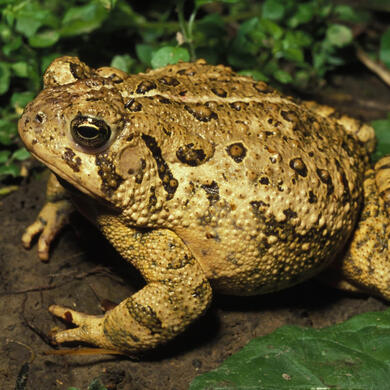
Toad